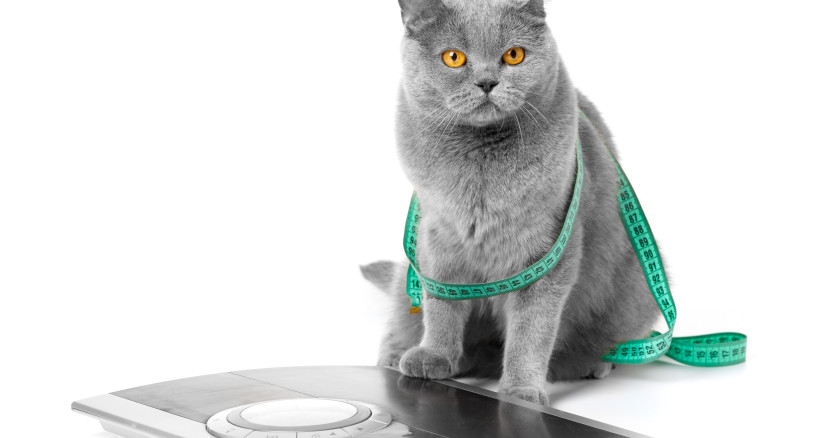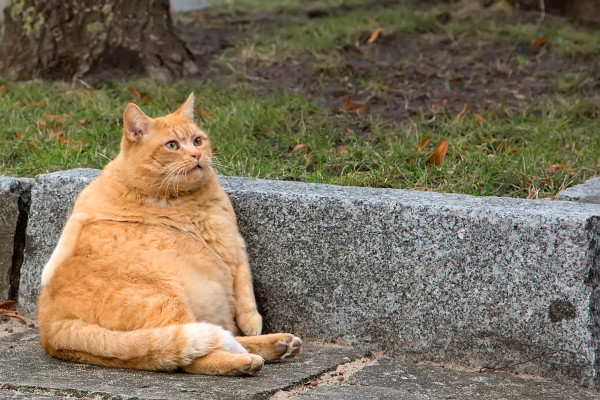
Feeding Frequency and Intermittent Fasting in Companion Animals: Evidence-Based Insights for Better Health
Intermittent fasting has surged in popularity among humans, touted for potential benefits ranging from improved metabolic health to enhanced longevity. There are different ways and schedules for intermittent fasting, but all are based on choosing regular mealtime periods to eat, followed by designated times to fast. This eating regimen works by promoting the shift from burning consumed calories to utilizing stored fat.
As with many human diet trends, this approach has been extrapolated to companion animals, with some proponents advocating for once-daily meals or extended fasting windows. But are such practices appropriate for dogs and cats? And what does current veterinary science suggest about optimal feeding frequency?
While research directly examining intermittent fasting in pets is still limited, we can draw on existing knowledge of canine and feline physiology to evaluate how feeding frequency might affect them.

Photo by bublikhaus
Dogs: Omnivorous Flexibility or Routine Feeders?
Dogs, as facultative carnivores or omnivores—meaning they eat both animals and plants—have evolved with a degree of metabolic flexibility, allowing them to thrive on a variety of feeding schedules. Studies on feeding frequency in dogs have yielded nuanced results.
In a large-scale study using data from the Dog Aging Project, researchers found that dogs fed once daily had lower reported incidence of cognitive dysfunction, gastrointestinal, dental, orthopedic, kidney/urinary, and liver/pancreatic disorders compared to dogs fed more frequently. However, this was an observational study based on owner-reported data, not a randomized controlled trial (RCT), and as such, it does not establish causality.
This distinction is critical when interpreting the results. Observational studies are valuable for identifying patterns and generating hypotheses, but they are inherently limited by potential biases—such as selection bias, recall bias, and confounding factors—that can influence outcomes. In this case, relying on owner-reported data means that responses may be subjective or inaccurate due to differences in perception, memory, or interpretation. Without the rigor and controls of a randomized trial—such as random assignment, blinding, and controlled variables—it is impossible to determine whether the observed associations are truly caused by the exposure in question or if other, unmeasured variables are at play. Therefore, while the findings may be suggestive and warrant further research, they should be interpreted with caution and not be taken as definitive evidence of a causal relationship.
More controlled studies in dogs are limited, but early research implies intermittent fasting may not be appropriate for pets. Fascetti and Delaney suggest that twice-daily feeding is standard in practice because it helps regulate hunger, prevent bile vomiting syndrome (common in dogs fed once per day), and support consistent energy availability. Moreover, meal frequency may impact postprandial (after a meal) glycemia and satiety, although dogs demonstrate a capacity to maintain metabolic stability across a variety of meal schedules.
Feeding frequency may also influence the risk of certain acute medical conditions. One notable concern is gastric dilatation-volvulus (GDV), a life-threatening emergency primarily affecting large and deep-chested breeds. Multiple studies have linked once-daily feeding to a significantly increased risk of GDV.
A prospective cohort study found that large-breed dogs fed only once daily were 2.7 times more likely to develop GDV compared to those fed two or more times per day. Additional research corroborated these findings and highlighted that other risk factors, such as rapid eating, stress around meals, and elevated feeding bowls, can compound this risk. These studies suggest that dividing meals into at least two portions daily may help reduce GDV risk in susceptible dogs.
While once-daily feeding may benefit some dogs, particularly in terms of calorie control or metabolic disease management, veterinarians caution against it in breeds predisposed to GDV or in dogs prone to gastrointestinal upset. Feeding strategies should be individualized based on breed, size, health status, and behavioral needs.

Photo by johan10
Cats: Obligate Carnivores With Unique Needs
Cats are obligate carnivores with high protein requirements and a metabolism adapted to frequent, small meals. Cats in the wild typically consume between eight and 16 small meals per day, a behavior rooted in their evolution as solitary hunters. Domestic cats retain these foraging instincts, and feeding frequency can significantly influence their behavior and health.
Cats tend to graze—eating small amounts of food throughout the day—because their liver and blood sugar systems work differently from humans and dogs. Their bodies aren’t great at storing or making sugar (glucose) when they’re not eating, so they need a steady supply of nutrients to keep things balanced. If they go without food for too long, their bodies start breaking down fat too quickly, which can overwhelm the liver and lead to a serious and potentially life-threatening condition called hepatic lipidosis (fatty liver disease). This is especially risky for cats that are overweight or have health issues like diabetes.
It has been observed that when given free access to food, cats naturally choose to eat multiple small meals throughout the day. This pattern reflects their nocturnal and crepuscular hunting rhythms and supports the practice of offering small, frequent feedings rather than larger, more infrequent ones.
Feeding frequency also plays a role in metabolic regulation. A 2013 study found that cats fed four times daily exhibited lower postprandial glucose and insulin spikes compared to those fed once daily, suggesting better blood sugar control and a potential reduction in obesity risk. Based on these findings, dividing a cat’s daily caloric intake into three to five meals may promote healthier glucose metabolism and enhance satiety.
Finally, feeding frequency may also impact urinary tract health. Frequent meals can help stabilize urine pH and may reduce the risk of struvite crystal formation. These crystals can cause bladder irritation, pain, and potentially life-threatening blockages, especially in male cats. Feeding frequent meals helps stabilize urine pH and reduce the risk of crystal formation. A 2006 study demonstrated that scheduled meal feeding, particularly when combined with high-moisture diets, supports urinary health in cats, especially those with limited water intake.
These findings collectively support a multi-meal feeding approach that aligns with feline physiology and behavior and contributes to overall health and disease prevention.
In Summary
While the idea of intermittent fasting may have merit in human health, its application to companion animals should be approached with caution. Current evidence does not support routine fasting for cats and suggests mixed outcomes in dogs. Feeding schedules should be tailored to the species, individual health status, and lifestyle of the pet. Its always advisable to talk with your vet before changing your pets feeding type and schedule.
Further research, including randomized controlled trials, is needed to fully understand how feeding frequency impacts long-term health outcomes in companion animals. Until then, veterinarians should guide owners based on individual risk factors, behavioral patterns, and nutritional needs—not human diet fads.
Follow us on LinkedIn for the latest updates on all things happening here at BSM Partners.
About the Author
Dr. Katy Miller works as the Director of Veterinary Services at BSM Partners. She earned her veterinary degree at Ross University and completed her clinical year at Louisiana State University. She previously served for 11 years as the Director of Dog and Cat Health and Nutrition for Mud Bay where she earned multiple certifications and specialized in pet food nutrition, prior to which she practiced general and emergency medicine for seven years. She is also a competitive three-day eventer, licensed falconer, and claims only two (Golden and Mini Doxie) of their nine dogs.
This content is the property of BSM Partners. Reproduction or retransmission or repurposing of any portion of this content is expressly prohibited without the approval of BSM Partners and is governed by the terms and conditions explained here.